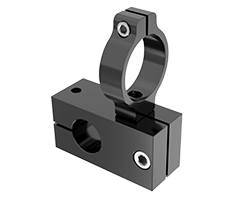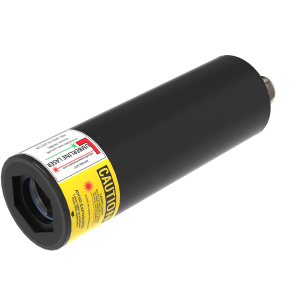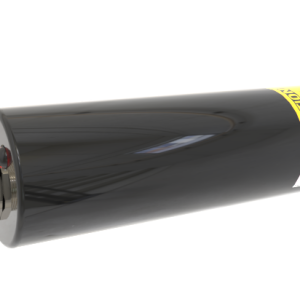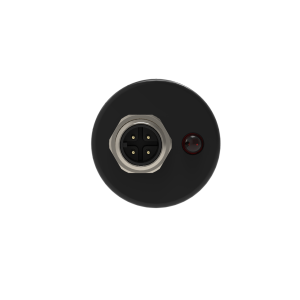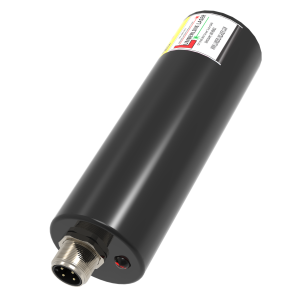LV Series Lasers
Low Voltage Input
M12 Connection
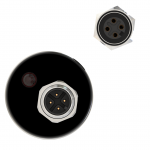
Industry Standard M12 Connector
Specifications
| Power Levels |
*Lengths shown with typical shop lighting levels. High ambient light conditions may require a brighter unit. |
| Voltages | AC 9-24V DC 4.5-36V |
| Amps | >150MA |
| Wavelength | RED 635nm GREEN 520nm |
| Warranty | 2 Year (limited) |
| Dimensions | Diameter 1.25” (31.75mm) Length 3” (76mm) |
| Power cord length | 2m (Part# CBL-2M) or 5m (CBL-5M) |
| Documents | BROCHURE |
LV Series lasers are specifically designed for low voltage applications that provide their own power supply. This unit features a wide spread switching power converter for applications that will accept both AC as well as DC power. As designed, it has inherent reverse polarity, surge protection, and features the industry standard M12 power cable connector. Great for control level industrial applications that require a hardwired connection.
Power Cable
Power cord length available in two sizes:
2m (Part# CBL-2M) or 5m (CBL-5M)
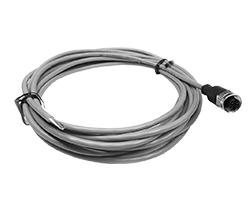
SA-008 Stationary Bracket
This unit is often used in conjunction with the SA-008 Stationary Bracket
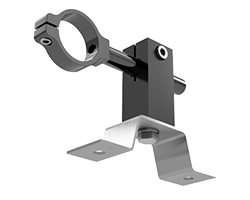
SA-110 20mm shaft bracket
This unit is often used in conjunction with the SA-110 20mm shaft bracket
